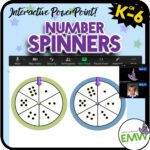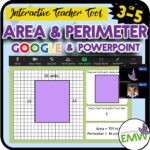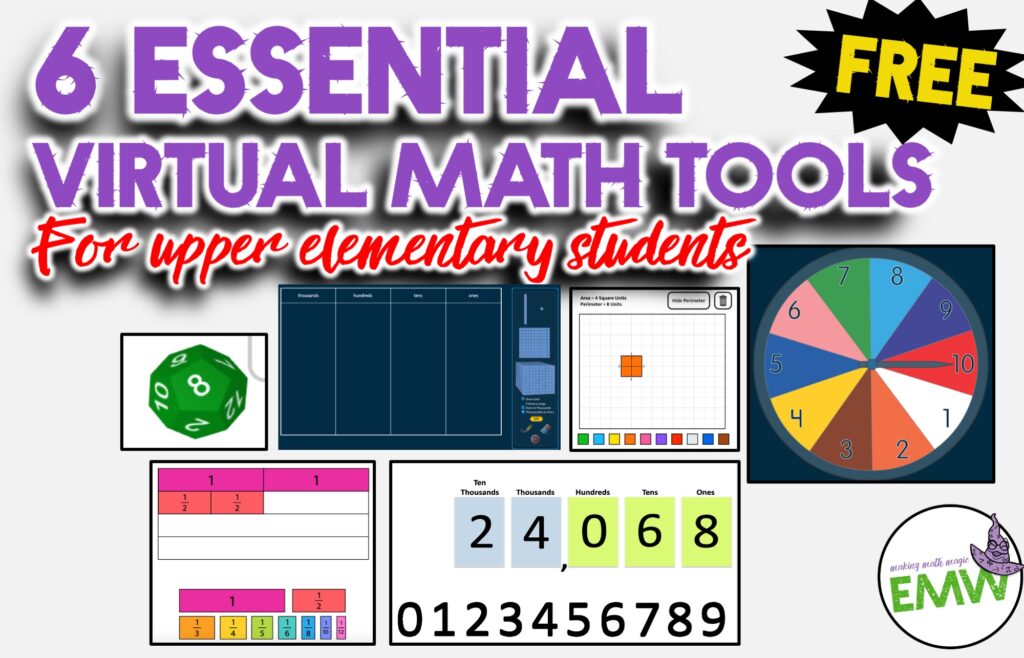
My school situation has been only remote for almost a calendar year. I have been teaching through Zoom and watching the progress of my forehead wrinkles. Anyway, here are the list of essential virtual manipulatives that I could not teach math without (and they are in order of importance). Fortunately you can find most of these free!
1 – Place Value Manipulatives
If I were to name one single math skill for any grades 1-5 for a student to master, it would be for a deep understanding on how our place value system works. Starts in K-1, when students need to know that 1 of 16, doesn’t stand for 1 but for 1 ten. And ends in the 5th grade, when students need to understand that 10/100 equals 1/10. In the remote world, visual representations of place value is huge (as you know, some students can’t hear you through the chaos of their day care center, but they should be able to see your screen).
Didax. com has a good model of the base ten blocks and place value disks. But I found it limiting, as I wanted t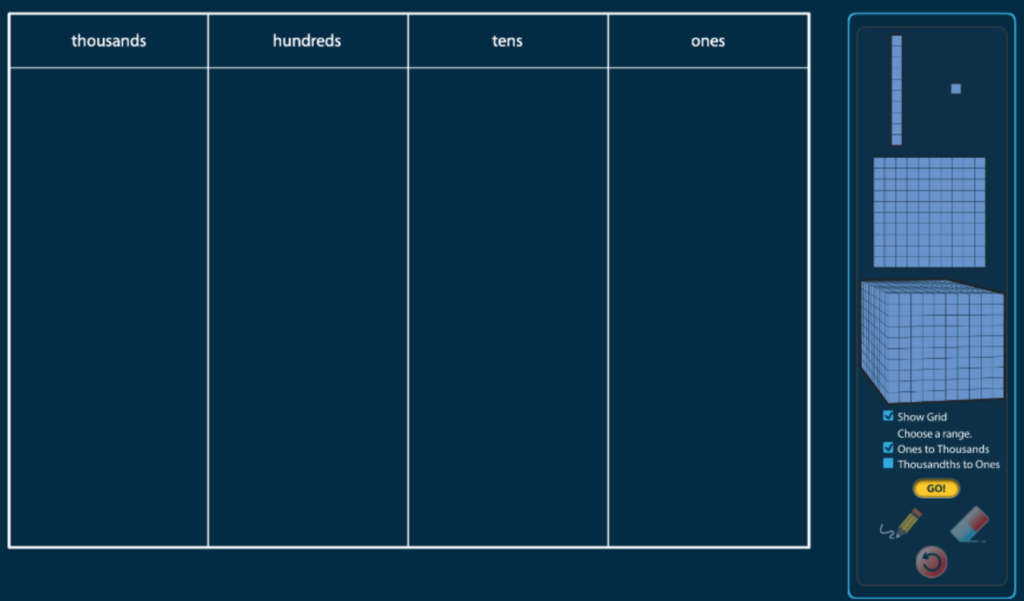 o use them for expanded notation, adding, subtracting, multiplying, dividing, up to the millions, etc. It’s a good resource though, for your students to use on their own. I needed a “teacher” version so that I could do all the things I needed to do. So I had to make my own set, to include not only base ten blocks (which are great), but labelled place value disks, and little circles to reflect Eureka and other math curriculums.
o use them for expanded notation, adding, subtracting, multiplying, dividing, up to the millions, etc. It’s a good resource though, for your students to use on their own. I needed a “teacher” version so that I could do all the things I needed to do. So I had to make my own set, to include not only base ten blocks (which are great), but labelled place value disks, and little circles to reflect Eureka and other math curriculums.
2 – Place Value Chart
Do you sense a theme? I love students to practice seeing and saying numbers, this is important especially when the 4/5th graders need to see and say decimal numbers.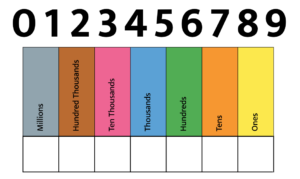
When I started I used this one from ToyTheater. It served it’s purpose for awhile, and like most teachers I didn’t have a clue how long I would need to teach remotely. But the advertisements got distracting and of course I wanted to include a place value chart in many of my PowerPoint/Google lessons, so I created my own. I also wanted to introduce a place value at a time, which allows me to differentiate depending on the level of students I was working with.
3 – Array Maker
Arrays are key for students to visualize multiplication, division, and area. I couldn’t find a free online resource – so I made my own. I used PowerPoint and made groups of icons, so it was easy for me to drag them into the workspace. I was also able to add eventually an example for the distributive and commutative properties.
4 – Fraction Kit
Didax has a great set of fraction bars (with or without a number line) that are easy to manipulate and help demonstrate adding, subtracting, and equivalent fractions. ToyTheater also has fraction bars/strips and circles!
I have found that introducing fractions can be a great reboot for your students. Most everyone has the experience of breaking cookies, pizzas, candy, etc. into equal pieces.
I have a set of virtual fractions manipulatives that includes circles, squares, and bars. They are transparent so you can lay them on top of each other.
5 – Area and Perimeter
ToyTheater has a great one for students to play with and for some fun teacher demonstrations.
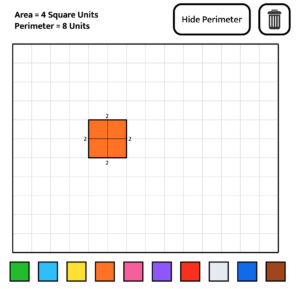
Students need explore. But I had to create one, so that I could include into my lessons, especially for those tricky combinations of rectangles.
6 – Spinners
I need virtual dice or a spinner for so many math lessons: games, place value, making random numbers fo adding/subtracting/multiplying/dividing.
Didax has a great one, that you can easily customize to the range of numbers you need.
ToyTheater has dice too! And they are great because they actually roll.  You can choose the number of dice and the amount of sides. I do wish you could choose the amount of sides for each dice, so you can use for place value.
You can choose the number of dice and the amount of sides. I do wish you could choose the amount of sides for each dice, so you can use for place value.
So I hope this helps you plan for your remote learning lessons. I can’t wait until we can safely return to the classroom, I have learned so much about teaching and I know that I will continue to use most of these in my physical classroom.
In a future post, I will go into more detail on how I use these manipulatives.









